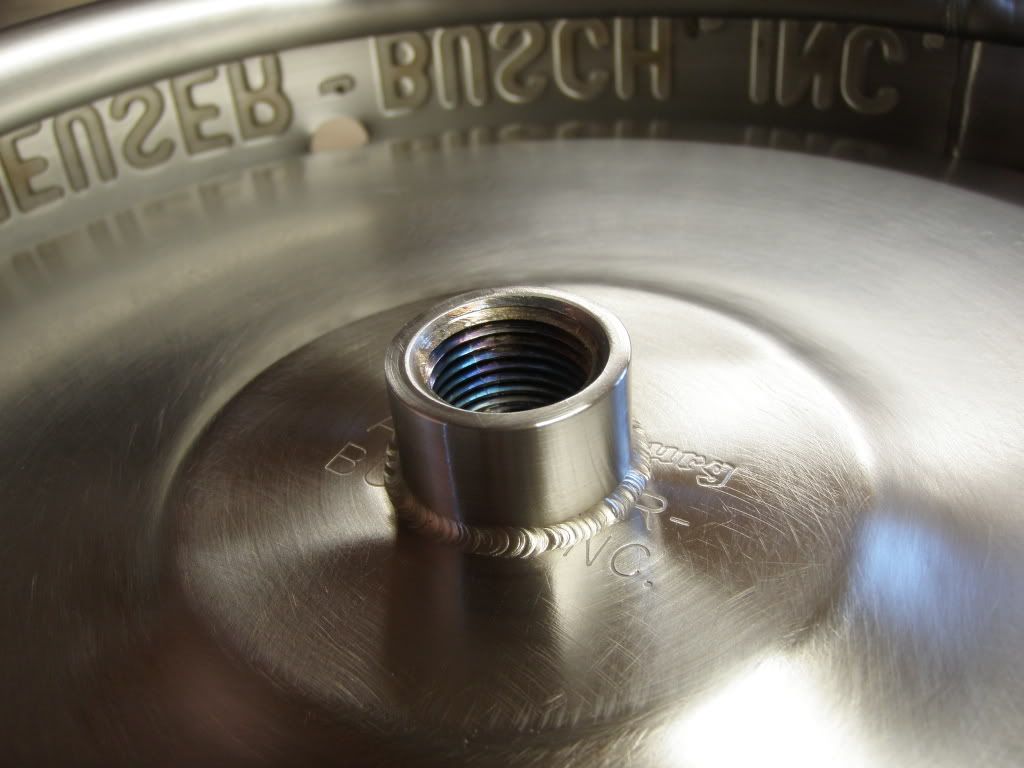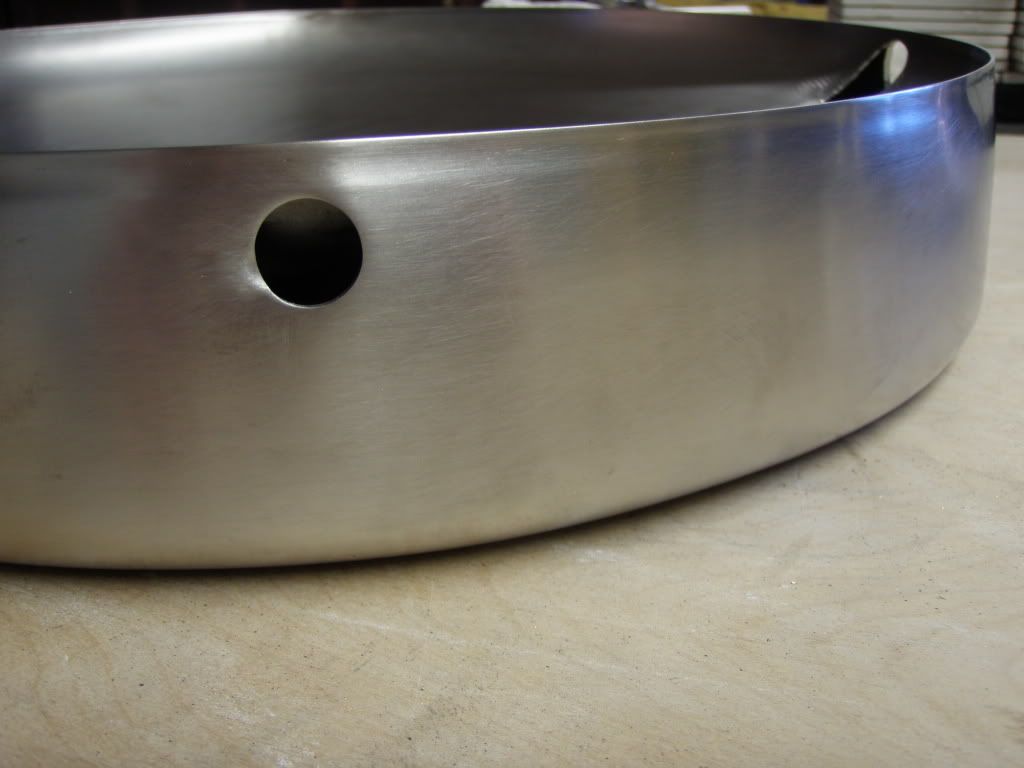bendavanza
Well-Known Member
gwitz: https://www.homebrewtalk.com/f51/flash-boiler-153116/
and
https://www.homebrewtalk.com/f51/mk-i-161799/
gm it looks like your pics are dead on the mk 1 posting
and
https://www.homebrewtalk.com/f51/mk-i-161799/
gm it looks like your pics are dead on the mk 1 posting






![Craft A Brew - Safale S-04 Dry Yeast - Fermentis - English Ale Dry Yeast - For English and American Ales and Hard Apple Ciders - Ingredients for Home Brewing - Beer Making Supplies - [1 Pack]](https://m.media-amazon.com/images/I/41fVGNh6JfL._SL500_.jpg)































































